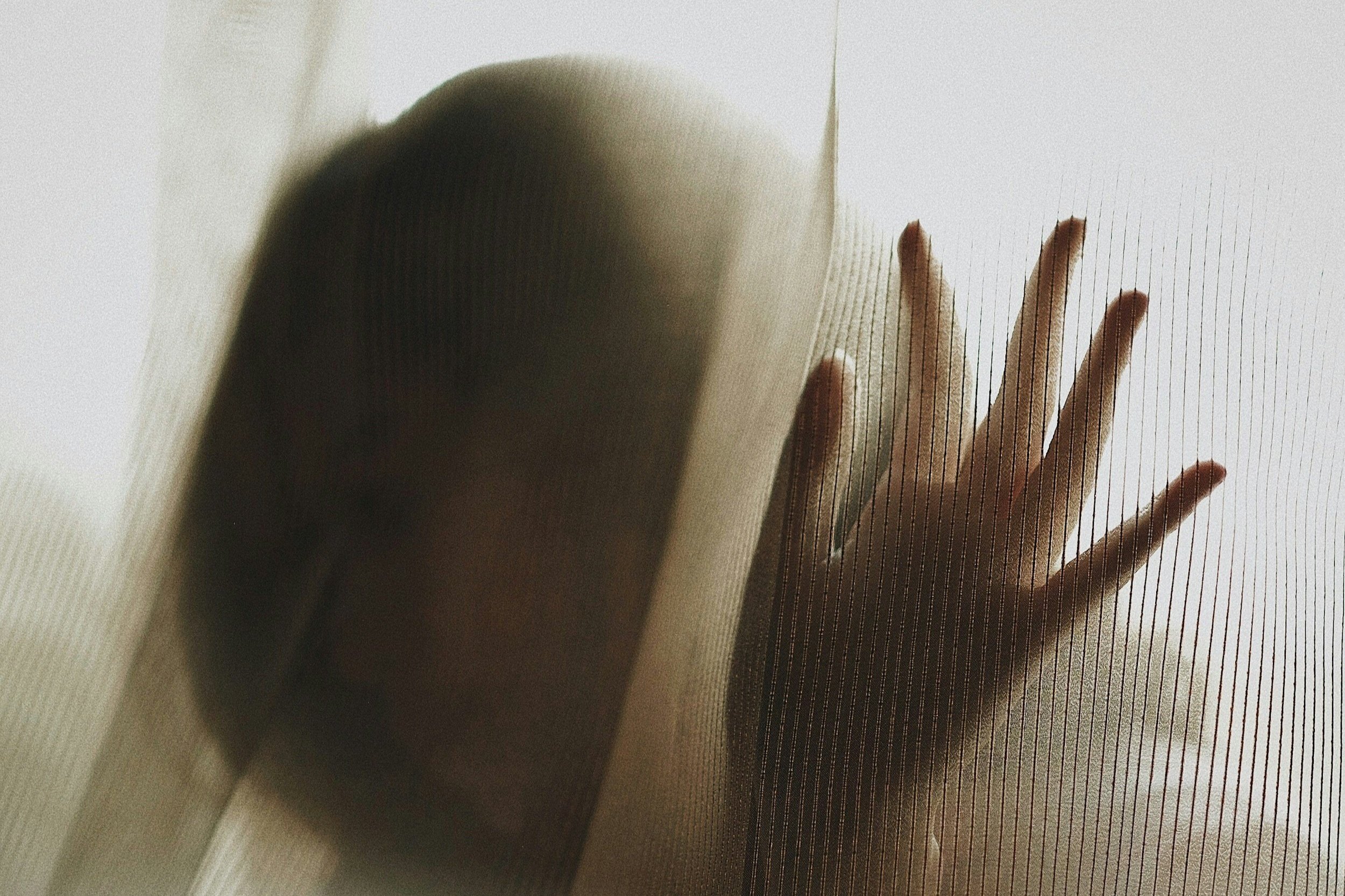The Wounded Healer
Your own self is the purple-tinted sunglasses that you forgot you’re wearing. Everywhere you look, all is tinted purple. In the same way, the self-sense is the lens through which the truth of what you really are — silent watching — gazes out upon reality. So everywhere one looks, there is one’s self. It cannot be otherwise. Every person is a mirror of your own self, every experience an aspect of your own secret beliefs. Everywhere you look, there you find a reflection of all hidden parts of your self that are the cause of all your suffering. The truth is hiding in plain sight.
The wounded healer is an exceptional archetype. It can be tempting and even downright alluring to become a healer, to take on “healer” as an identity in the process of waking up from the dream of separation. To be a healer is to be needed. To help. To be seen. To feel valued. To be worthy. And while there is nothing wrong with that, it is the conditioning we keep secret even (especially) from ourselves that creates confusion in the playing out of this archetypal role. As Thomas Merton aptly wrote in his New Seeds of Contemplation, “Nothing is more suspicious, in a man who seems holy, than an impatient desire to reform other men.”
If everywhere one looks, one’s self is reflected, the opportunity being presented to one in a “healer” role is to see that one is unconsciously and innocently externalizing our own desperate unmet need for help. The impulse to help others likely stems from early childhood, where one was handed a “helper” role and then realized that being a “helper” got one’s needs for love and praise and validation met, and so an identity was formed. But the healer who is attempting to heal or help others is confused. Because although the healer identity was created quite innocently, the opportunity residing therein is often missed. What those in a healing role really want is to be helped, but to be on the receiving end of this container is so deeply at odds with the helper identity that this truth tends to be held out at all costs. The helper is secretly screaming “HELP ME!” and naively externalizing that desperately unmet need to be seen onto their external world. Reality appears purple, but it’s been forgotten that it’s because of the sunglasses, not because reality is actually purple.
The opportunity for one who has adopted (or accepted) the role of healer is to turn the mirror back onto oneself. To deeply inquire into and investigate the places inside one’s own identity that are screaming to be met directly…yelling to be seen…crying out to be allowed. It is only when that darkness is finally plumbed and all parts of self which have been cast out are contacted without resistance that the stranglehold of this confusion loses its grip. And the spell is broken. Then, the “healer” no longer cares to be helpful, because all that was ever truly wanted was already always right here, hiding out in the dark shadows within one’s own self. The liberated healer becomes the embodiment of freedom, and in doing so helps without helping. This is the Taoist notion of “Wu Wei”, meaning “effortless effort”.
But until that secret darkness is traversed in its entirety, and the garments of self cast aside to reveal the truth of one’s being (which is silent empty watching), one will never be released from the stranglehold of suffering. The wounded healer will remain a prisoner of their own identity, blindly trying to lead others where they themselves are unknowingly deathly afraid of going.
This revelation of one’s true being — and true unity with God — is not an idea in the mind or something one can strive for or cultivate or role-play, but rather an embodied knowing and living of one’s empty, silent presence, (re)discovered through the toppling of all beliefs and preferences and attachments and perceptions that make up who one thinks one is. It is the discovery of who you were before you were born.
This is the untapped opportunity for every healer.


